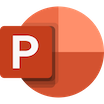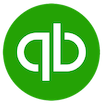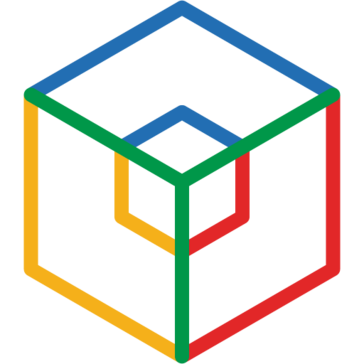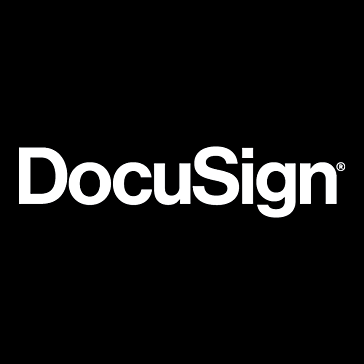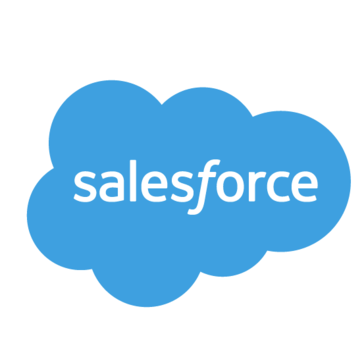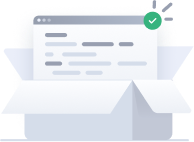
UnityOneCloud
0
0
UnityOneCloud provides integrated infrastructure management, including data center infrastructure management (DCIM), enabling clients to observe, monitor, and manage their hardware and virtual assets of the data center remotely from UnityOneCloud. It is also a cloud management platform (CMP) based on IP with APIs into multiple cloud providers and technologies to enable the management and monitoring of complex hybrid multi-cloud environments through a single pane of glass. It is offered both as a standalone product and with managed services.
It manages the disparate technologies running across a client's hybrid cloud assets. This includes different cloud infrastructures, including data center, private cloud (VMware, OpenStack, Hyper-V, OCI, and KVM), and public cloud (AWS, GCP, Azure, Oracle Cloud). Also, edge cloud includes UnitedEdge, AWS Wavelength, Google Edge, and Azure IoT Edge. In addition, different asset types include data centers, power distribution units, networks, bare-metal servers, hypervisors, virtual machines, containers (Amazon EKS, GKE, Azure Kubernetes Services, Kubernetes), mesh services (including Istio, Google Anthos, AWS App Mesh, and Azure Service Fabric), and finally serverless (i.e., Knative, AWS Fargate, Google Cloud Run, and Azure Container Instances).
UnityOneCloud manages devices from cabinets to mesh services and networks across data centers through public clouds layered to connections MPLS. In addition, across all hybrid clouds from data centers to bare metal, OpenStack, Oracle, VMware, Hyper-V, AWS, Azure, and GCP. It is an open API with ~1k connectors.
It is available as a SaaS multi-tenant hosted application and a single-tenant enterprise application installed on an on-premise private client network.
UnityOneCloud features include:
1. Management: Enabling the management of computing, storage, network, and support infrastructure for data center, private cloud, and public cloud with a single pane of glass management interface. Across the private cloud, it summarizes cloud components such as firewalls, load balancer, and vCPU/RAM/Storage utilization statistics. Across the public cloud (AWS, Azure, and GCP), a user can display cloud instances through a variety of action buttons such as stop/start, terminate, create an image, and get detailed cloud statistics through graphs.
2. Dashboard: A high-level, customized view of a client's multicloud and data center infrastructure through interactive widgets showcasing unified hybrid cloud infrastructure.
3. Discovery and onboarding: Auto-discovery of the infrastructure and onboarding of devices, with details including hostname, IP, hardware manufacturer, hardware model, operating system, etc.
4. Multicloud observability: Consolidated view of data center cabinets and multi-cloud resources to make informed decisions on cloud allocations with visual indicators for device status, health, performance, utilization charts, and network flows through interactive widgets and dashboards.
5. Monitoring: Enables real-time monitoring of performance, health, and utilization of all multi-cloud, physical, and virtual devices, mesh services, and containers. It also uses an API for Intelligent Infrastructure Monitoring. The API scans through the video feed in a defined data center area 24/7 to provide data to an AI Engine. Unity's in-house data engine based processes this data to create an audit report based on those insights.
6. DevOps Automation: DevOps-as-a-Service integrated within the platform enabling CI/CD pipeline implementation and clients to perform their DevOps operations, running Terraform, Chef, Ansible, Jenkins, GitHub, and Puppet scripts to automate operational tasks. Through the DevOps platform, clients can also bring in their scripts and deploy them on the platform, with observability into the dashboards, effectively allowing the DevOps resource to write the script and then see what is happening. The platform has a DevOps controller, which, when launched, is pre-populated with all popular DevOps tools, or a client can bring their tools, with the DevOps platform connecting to all clouds with unified observability.
7. Cloud cost analysis: Providing full transparency to clients through brokerage; if they wish to deploy a new cloud, it has APIs into all the different cloud providers. It enables a quick assessment and builds out a footprint live with Azure, GCP, AWS, and private clouds to enable clients to plan, compare, and optimize workloads. UnityOneCloud enables real-time brokerage with a search criterion to map workloads to the right infrastructure and real-time API to calculate the current cost of VM and cloud to match the current criteria of a client's application workloads. It enables clients to customize workload in the optimal cloud through a single click.
8. Audit and compliance: Providing a comprehensive audit trail of all actions taken on a client's data center and multi-cloud infrastructure, and provision of compliance reports to meet security and compliance audit and reporting requirements.
9. Support: Provides a consolidated view of entire support teams and infrastructure, including integration into ITSM, ServiceNow and Zendesk, enabling the management of support tickets (change, incident, and service request). It also uses intelligent metadata on each asset it manages to generate further insights into a client's operations, including inbuilt support analytics to analyze service provider support performance.
Additional UnityOneCloud modules include alerting, service mesh management, DevSecOps-as-a-Service, software, hardware asset lifecycle management, ITSM, and AIOps.
UnityOneCloud also enables clients to manage the edge, data center (private cloud and bare-metal management platform), and public cloud and supports modern deployments moving to containers. Here, it provides a multi-cloud container platform, where a client may be using Kubernetes on bare-metal or in a private cloud (VMware), GKE on Google, or EKS on Amazon. It provides a unified view of observability, management, and deployment across multi-cloud container platforms a client may be using. It also provides a mesh services management platform where it has worked with Google and integrated a multi-cloud mesh service manager, providing a single pane of glass for a client to manage their mesh service managers (effectively a manager of managers, including Istio, AWS AppMesh, Google Anthos, and Azure Service Fabric).
UnityOneCloud also provides a single pane of glass to manage a client's complete networking connections, including MPLS connections, Point-to-point L2, AWS Direct Connect, Azure Express Route, and GCP Interconnect. It offers health-check monitoring and real-time usage analytics.
Ask anything of UnityOneCloud with Workflos AI Assistant
https://www.unitedlayer.com/
Apolo
Squeak squeak, I'm a cute squirrel working for Workflos and selling software.
I have extensive knowledge of our software products and am committed to
providing excellent customer service.
What are the pros and cons of the current application?
How are users evaluating the current application?
How secure is the current application?




